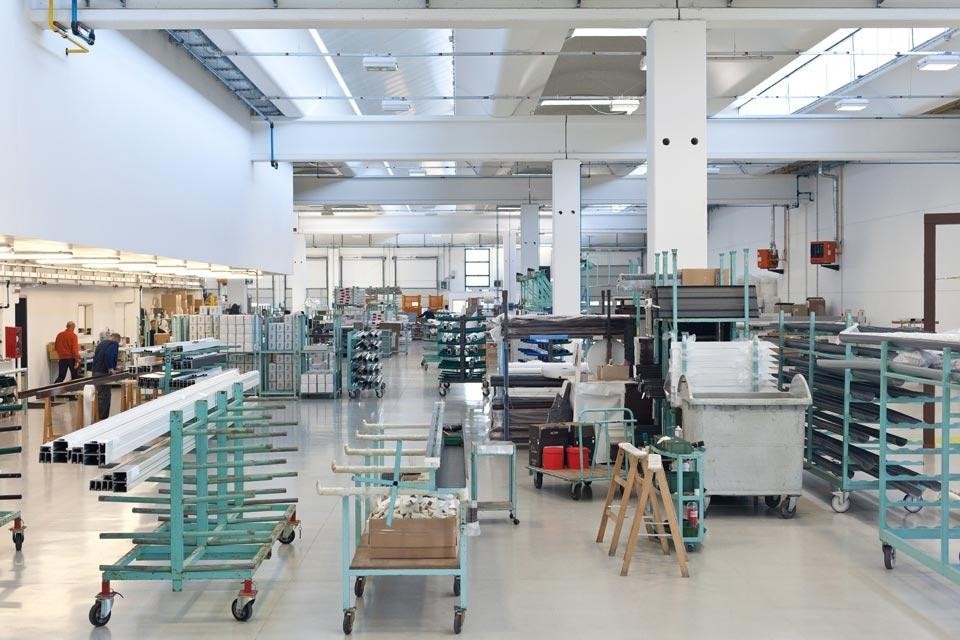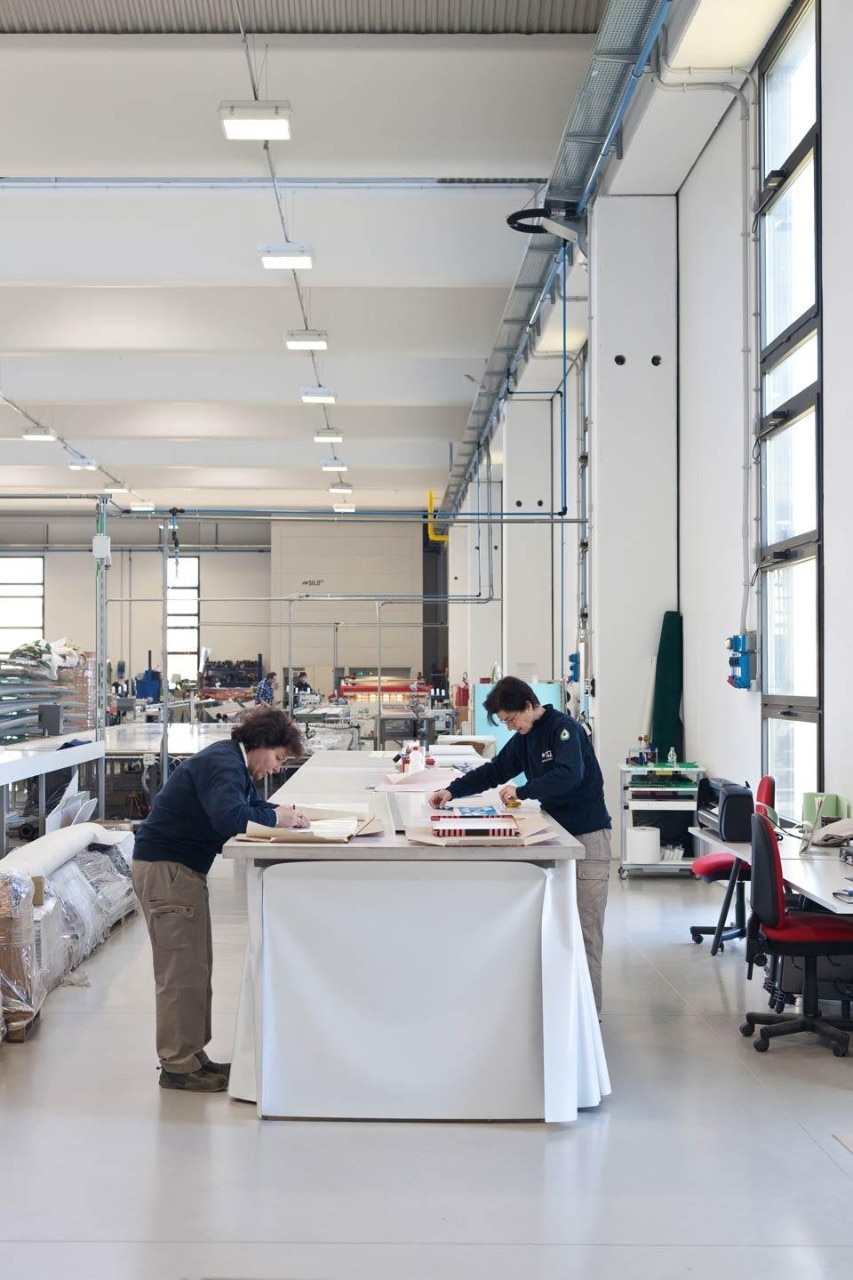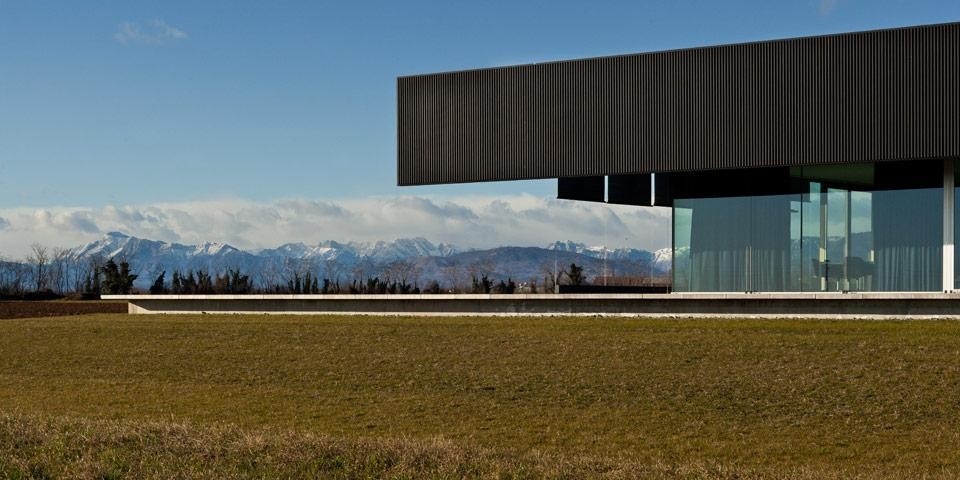Some countries and cultures have adapted better than others to the world of mechanical and industrial precision. In some regions of Central Europe (Germany, Switzerland, or Austria for example) the cultural assimilation of industrial precision is no less evident in the forms of technical objects than in the social practices of daily life. The regular, mechanical and precise forms of the machine age manifest themselves in objects or entire industrial landscapes that are built happily, harmoniously, intelligently and almost effortlessly. Not so in Italy, where most technical objects — from everyday items to high-speed trains, highways or bridges — are battered, patched and rickety, and are painful to behold, regardless of whether they serve their purposes or not.
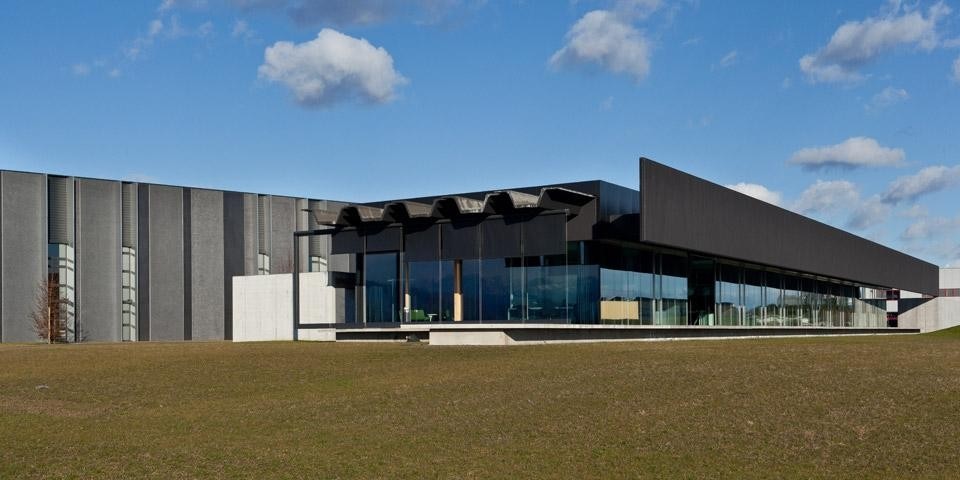
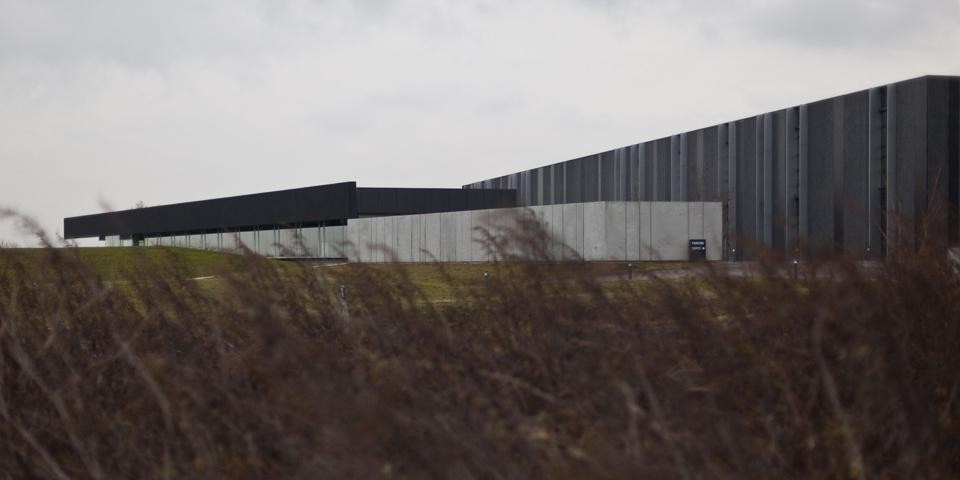
The Pratic Headquarters by Gri and Zucchi evoke the slick technological expression and the smooth appearance of the best works of the postwar international style
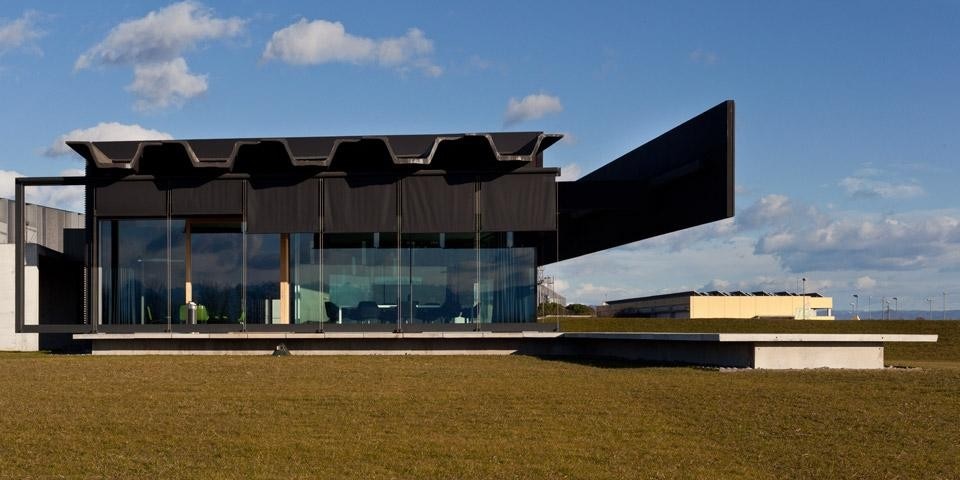
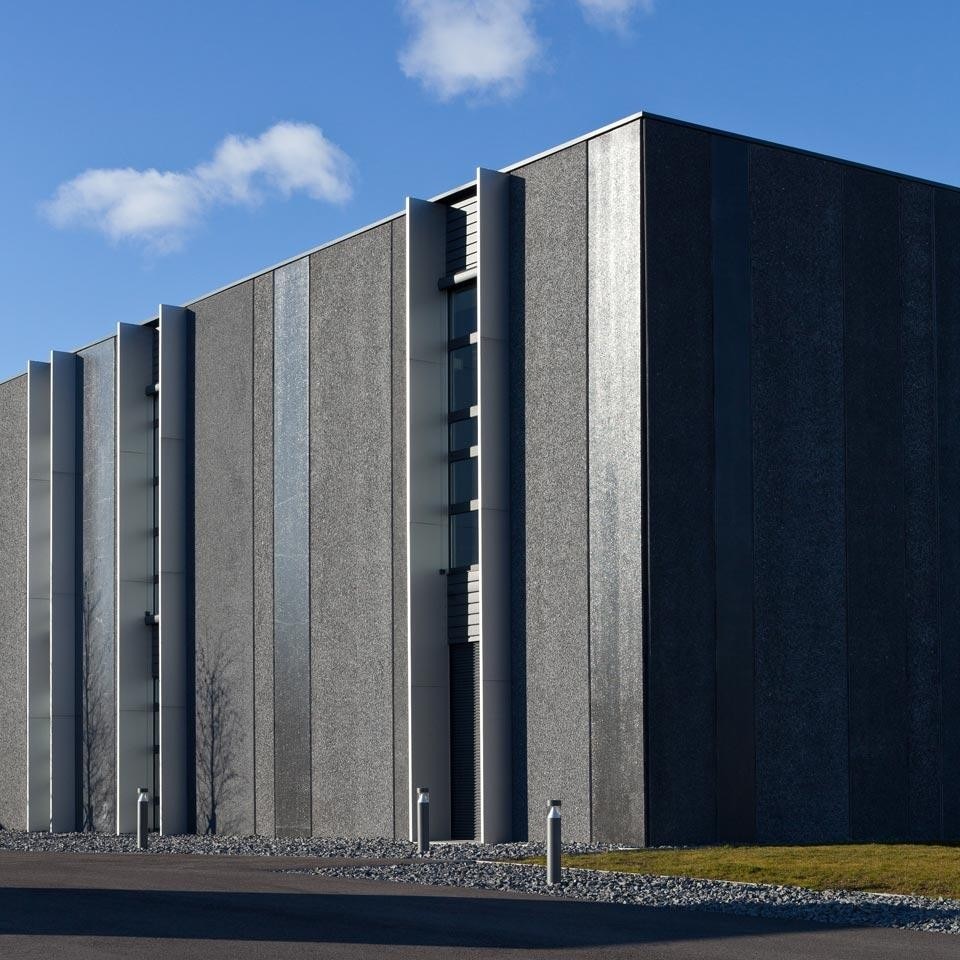
Text taken from: GEZA PRATIC, Silvana Editoriale, 2011 (with an essay by Mario Carpo and photos by Fernando Guerra)
